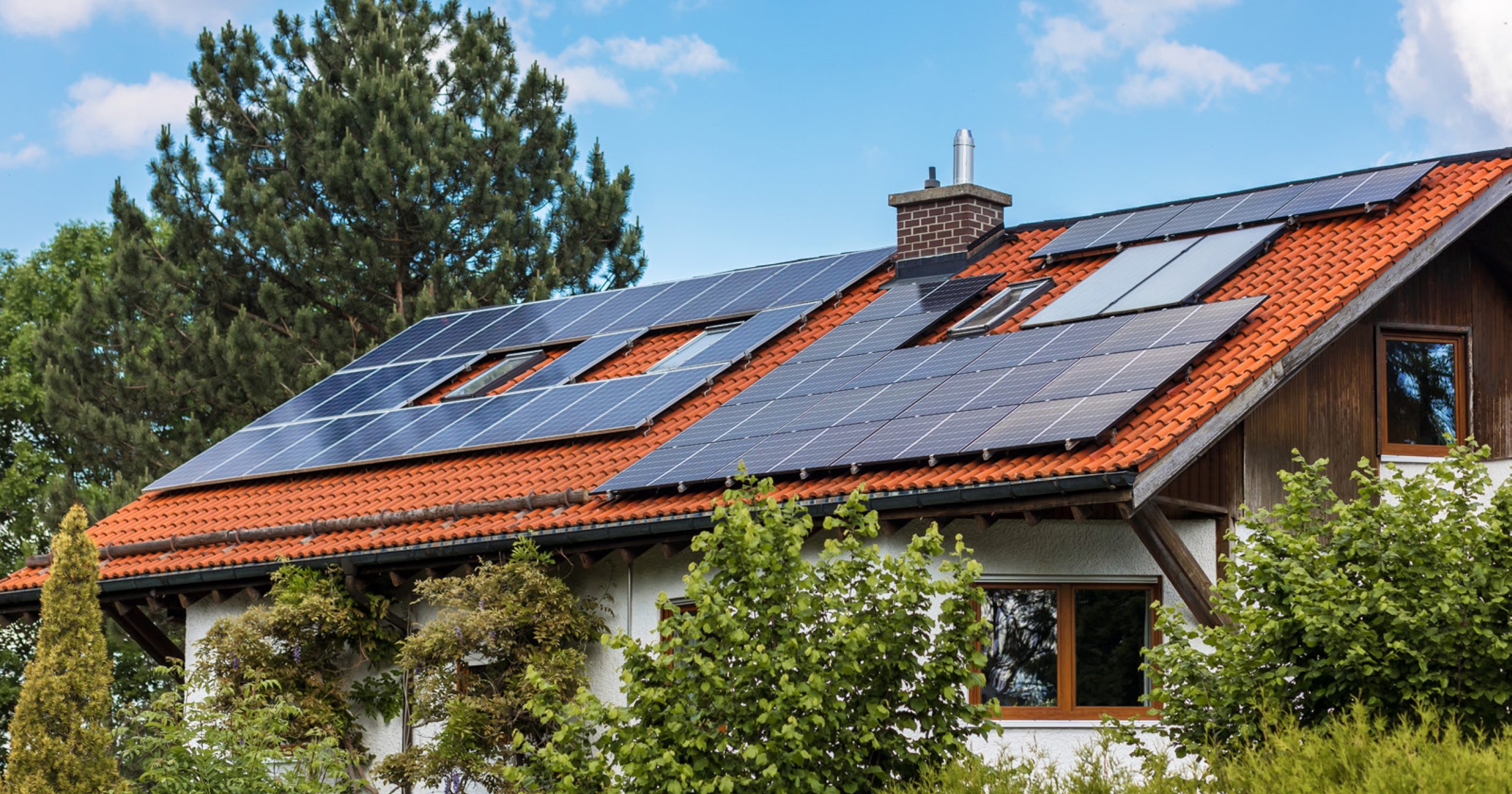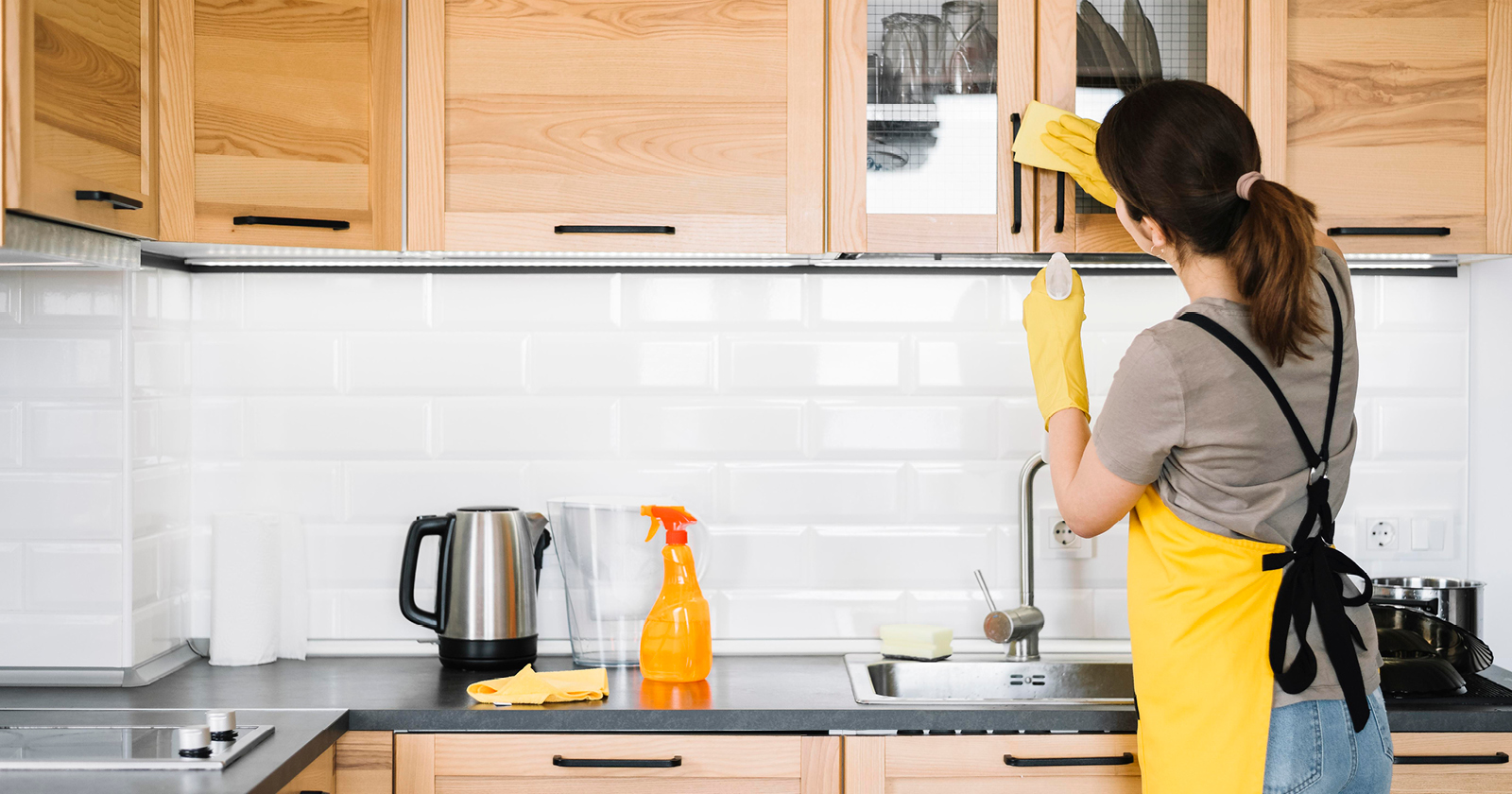The concept of sustainability in homeownership has evolved by leaps and bounds in recent years; as environmental concerns and the need for resource conservation take center stage throughout the world, people are increasingly recognizing the importance of incorporating sustainable practices into their homes. Here are some tips on how to make your house more self-sufficient.
- Invest in renewable energy. Renewable energy sources including solar panels and residential wind turbines harness natural energy to generate electricity and power. These sources can significantly reduce or eliminate your reliance on traditional energy grids, while also saving you money on your monthly bills.
- Harvest rainwater. Collecting rainwater for various purposes is a practice that dates back thousands of years, with ancient cultures developing innovative techniques for capture and storage. Rainwater collection doesn’t have to be complex, however. Consider purchasing a few rain barrels to place beneath your roof and collect water as it rolls down. You can then use this water for gardening and watering plants – or even for flushing toilets. (To collect rainwater for drinking, you’ll need to invest in a purification system; while this is a more involved process, there are several relatively affordable options for rainwater filtration on the market.)
- Use water- and energy-efficient appliances. In addition to rainwater collection, you can minimize your water consumption by installing low-flow toilets, faucets and high-efficiency washing machines. Lawn irrigation systems that adjust their water volume based on weather conditions also help reduce waste. To conserve energy, consider replacing outdated appliances with models featuring the ENERGY STAR® label. These appliances consume less energy, saving you money on utility bills while also reducing your environmental footprint.
- Grow your own food. Create a home garden to grow fruits, vegetables and herbs – and compost your food scraps to reduce waste (and boost the fertility of your soil). Some homeowners even incorporate small chicken coops for a regular supply of fresh eggs.
- Take advantage of smart technology. Switch to LED or energy-efficient lighting throughout your home; LED bulbs use significantly less energy and last much longer than traditional light bulbs. Or go a step further by utilizing smart lighting technology to control the brightness and timing of the lights in your house via an app on your phone. Similarly, smart thermostats adjust heating and cooling based on your schedule, and can also be managed remotely.
- Insulate properly. Proper home insulation greatly reduces the need for artificial heating and cooling. Invest in quality insulation materials for your walls, attics and windows to maintain a comfortable year-round temperature and minimize your energy consumption.
- Go off-grid. If you use solar panels, consider installing off-grid systems like backup batteries to store the excess energy generated by those panels; this excess energy can then be used during cloudy days or at night. Essentially, you’re providing yourself with a continuous power supply that isn’t dependent on traditional energy usage.
Creating a self-sufficient house requires conscious choices and investments. The transition may take time, but these investments eventually pay off, contributing to a greener (and more budget-friendly) home.



